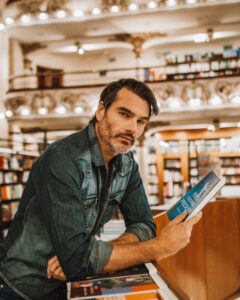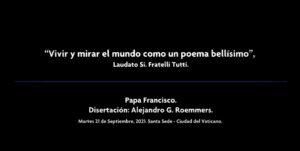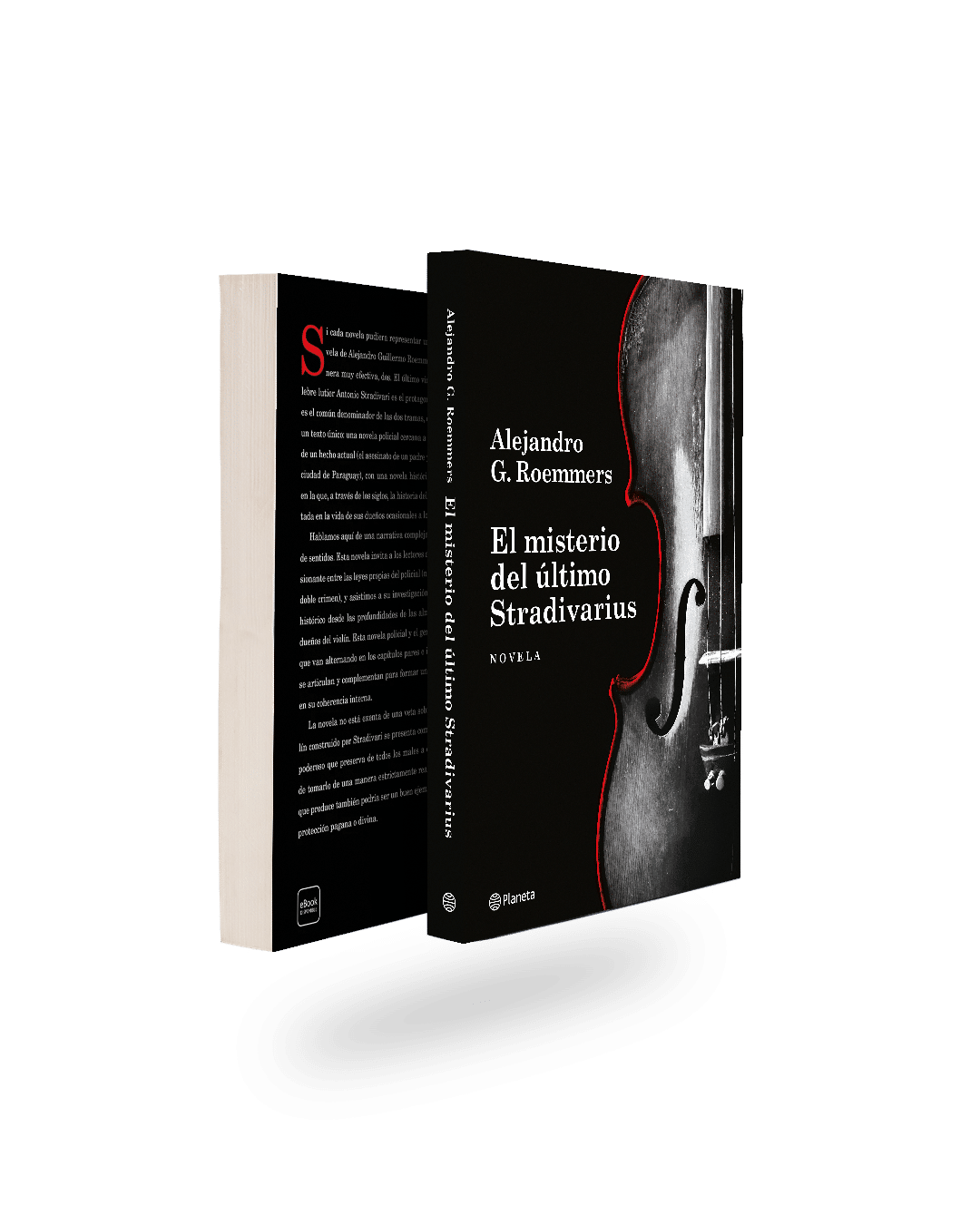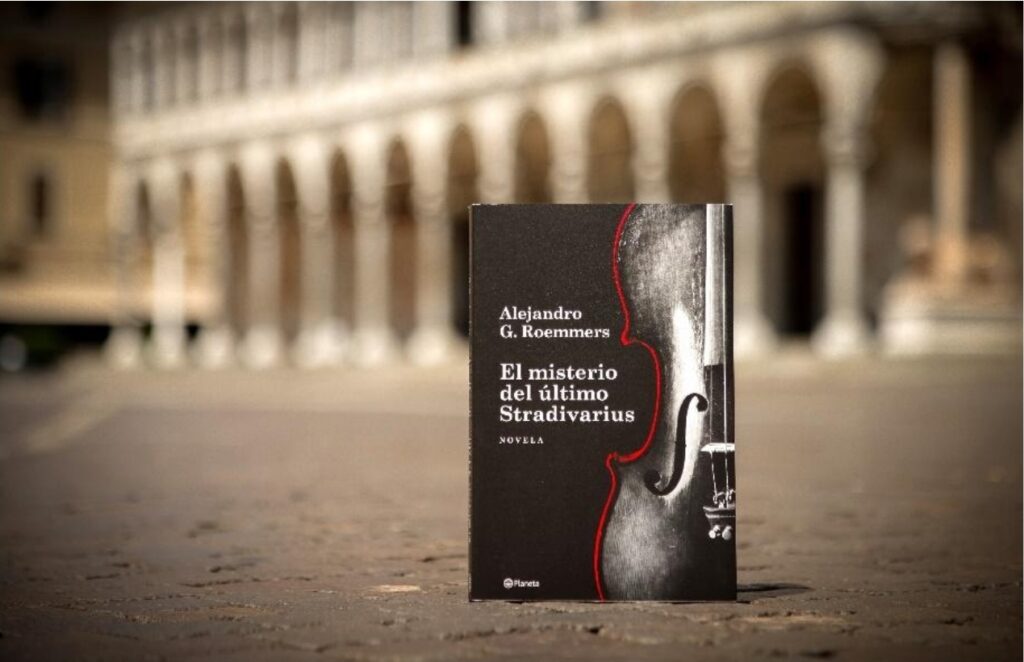
ChatGPT dijo:
Being able to travel to Cremona and lose myself in its streets after writing The Mystery of the Last Stradivarius has been a true pleasure. Visiting this small Italian town bathed by the Po River—with its cobbled streets, squares adorned with churches, and the duomo crowned by a great torrazzo, one of the tallest bell towers in all of Europe—I was instantly transported into the life of Antonio Stradivari, just as I had imagined it in my novel.
Cremona, the city where the soul takes the shape of a violin
Landing in Parma, the first thing you notice is the warm air of the countryside and those yellow and ocher tones that leave no doubt: you are in Italy. From there, the drive to Cremona is the perfect opportunity to gradually immerse yourself in the country’s physical and mental atmosphere.
Cremona is a small city of about 70,000 inhabitants, located near Milan. It is not particularly touristy, and the international visitors it receives usually come on day trips—mostly classical music enthusiasts. Indeed, everything in Cremona breathes music.
The Antonio Stradivari House Museum, where the legend was born
Located in the very heart of Cremona, the Antonio Stradivari House Museum is one of the best places to understand not only the luthier himself but also the context from which his genius emerged.
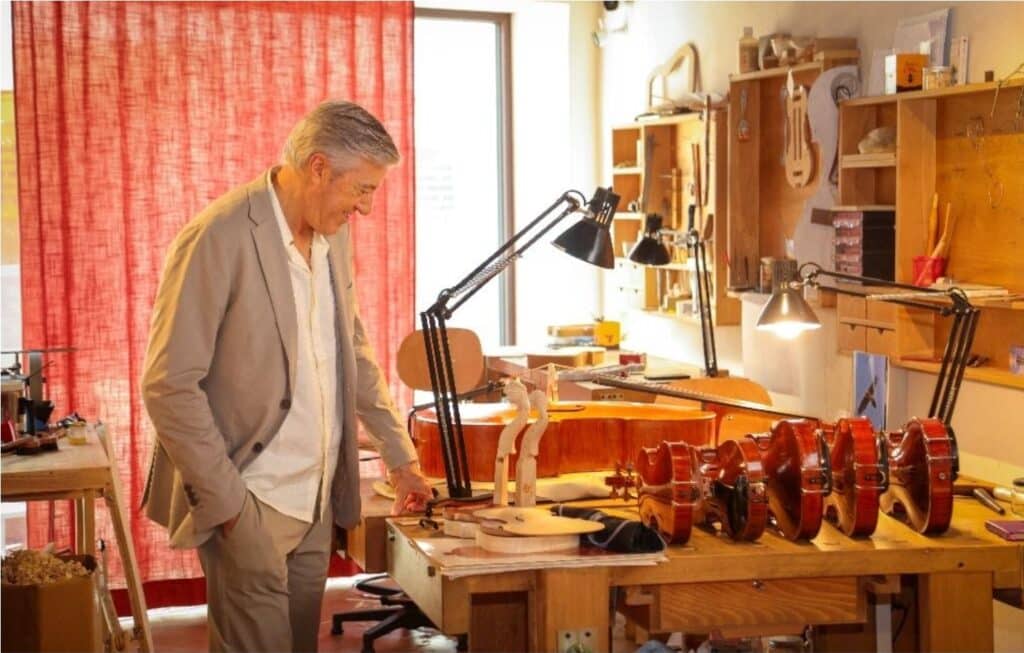
The visit makes it clear that Stradivari’s legacy was not born from sudden divine inspiration, but from constant and methodical work. Stradivari worked like a scientist of sound—obsessed with precision and the continual refinement of his designs—and this workshop was the epicenter of that quest, where the famous violins that still captivate the world centuries later were forged.
Fortunately, this tradition has not died. Young apprentices, under the guidance of master Fabrizio von Arx, follow a meticulous artisanal process to create new instruments based on Stradivari’s original sketches. Watching them work, smelling the wood and varnish, hearing them speak so passionately about the instruments—it all evokes those imagined moments between Stradivari and his son as they dreamed of the perfect violin.
The visit culminated in one of the most emotional moments of the trip: violinist von Arx—Neapolitan, just as I imagined in the novel—playing the 1720 Stradivarius displayed there, an instrument they named Ángel, the same name I gave my protagonist, unknowingly. A series of coincidences that can only happen in real life.
The International School of Violin Making: a living heritage
Cremona’s violin-making tradition was already a source of pride by the early 20th century. That’s why, in 1938, the International School of Violin Making was founded—and it still thrives today. This educational center attracts students from all over Italy and the world, dedicated to preserving and renewing the tradition that made names like Stradivari, Guarneri, and Amati famous.
The teaching follows classical principles, many directly inherited from Stradivari’s methods, but also incorporates new technologies and contemporary acoustic studies.
This school is truly exceptional—a place where each instrument is still crafted by hand, piece by piece, with the same rigor and devotion as 300 years ago. Far from being a living museum, the school acts as a creative engine that keeps Cremona at the heart of the violin-making world.
The Violin Museum: jewels of music
After immersing yourself in the story of Stradivari and the process of crafting string instruments, a visit to the Violin Museum is a must. There you’ll find some of the oldest and most beautiful specimens in the world. Among them stands out the famous Il Cremonese, a 1715 Stradivarius considered one of the best-preserved instruments on the planet.
Inaugurated in 2013, it is a modern and exquisitely designed space that houses one of the world’s most valuable collections of string instruments. It stands as a tribute to all the luthiers who have made Cremona the cradle of handcrafted music—and above all, to Stradivari himself. If there’s one thing I learned on this journey, it’s that it’s no coincidence this extraordinary luthier is regarded as one of the greatest artisan geniuses in European history.


